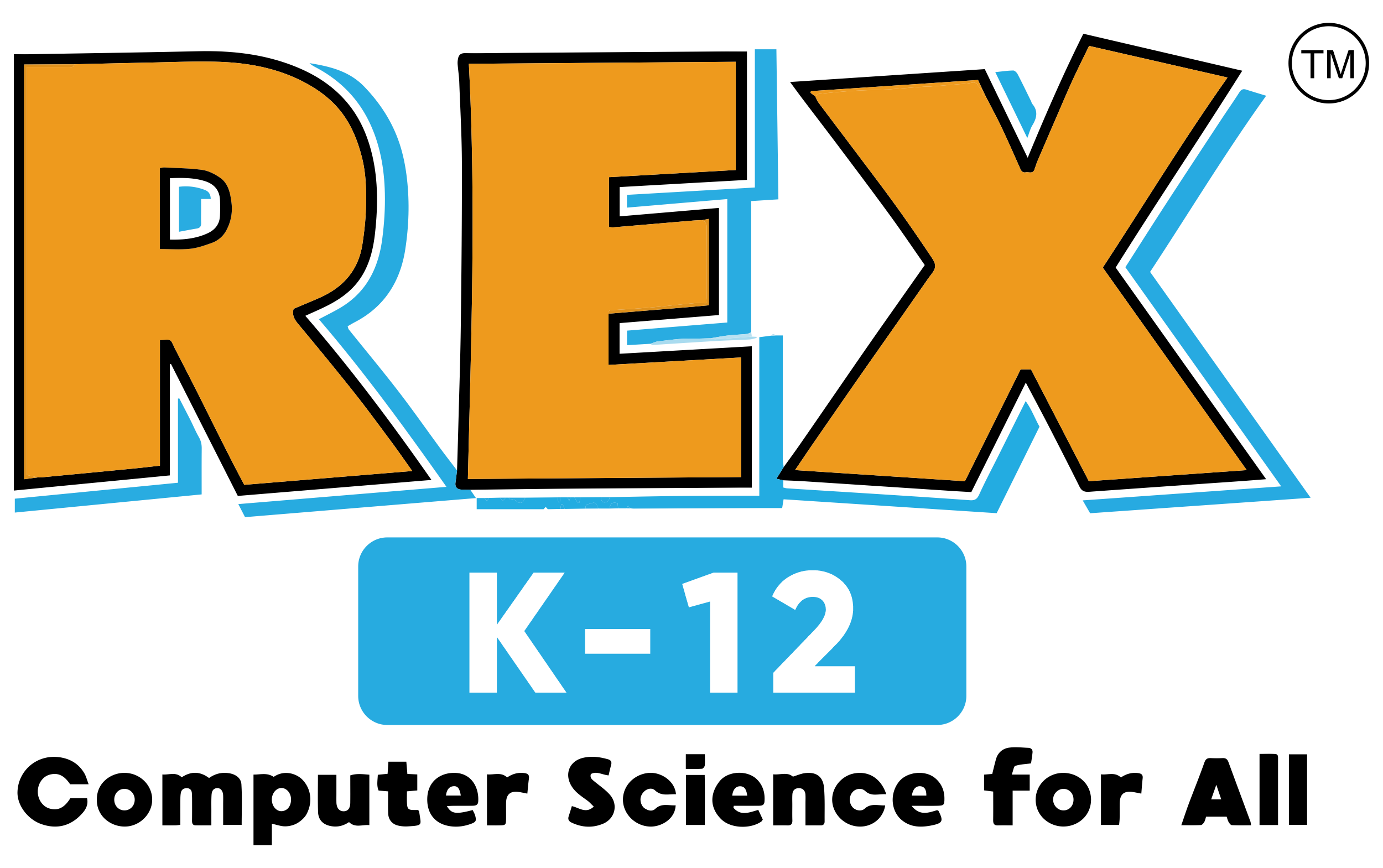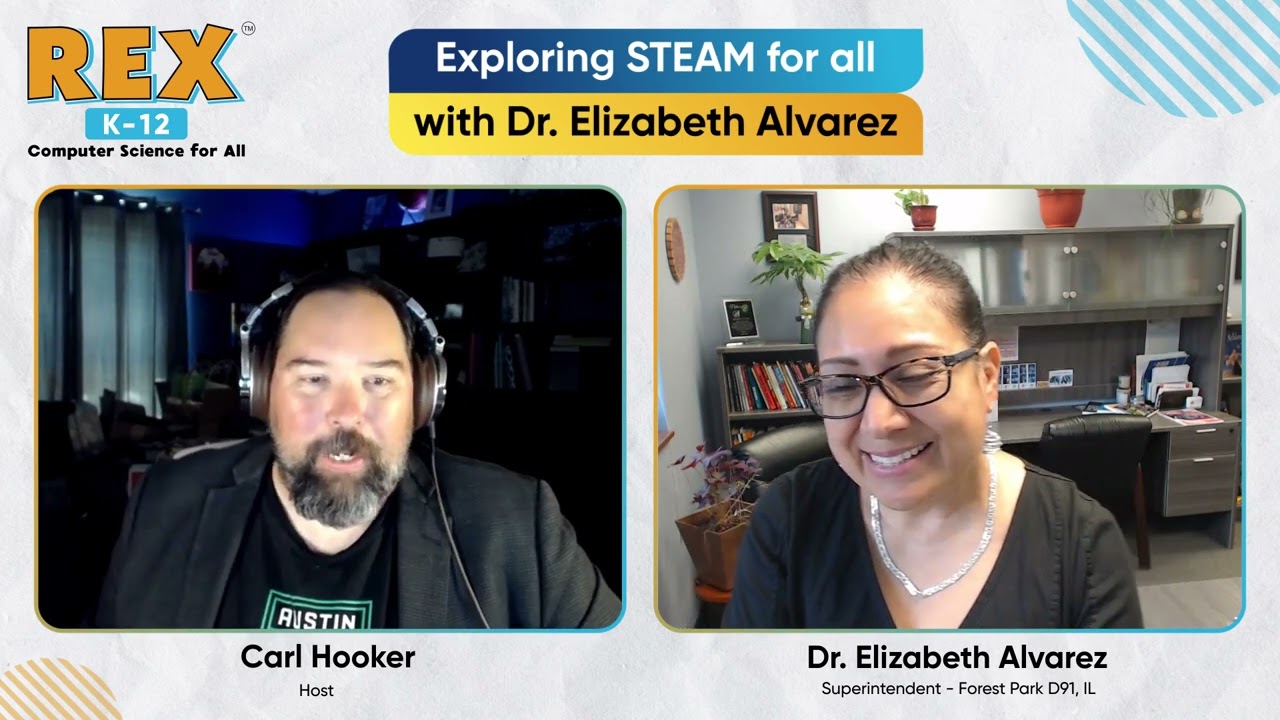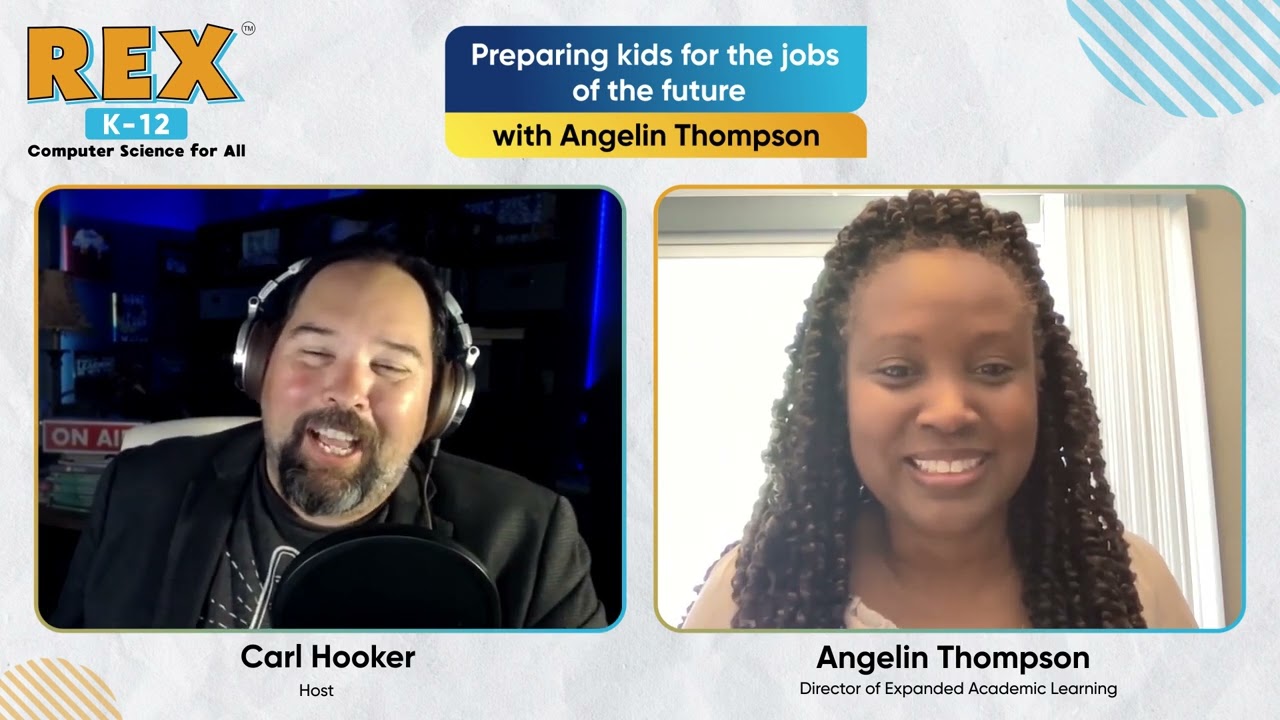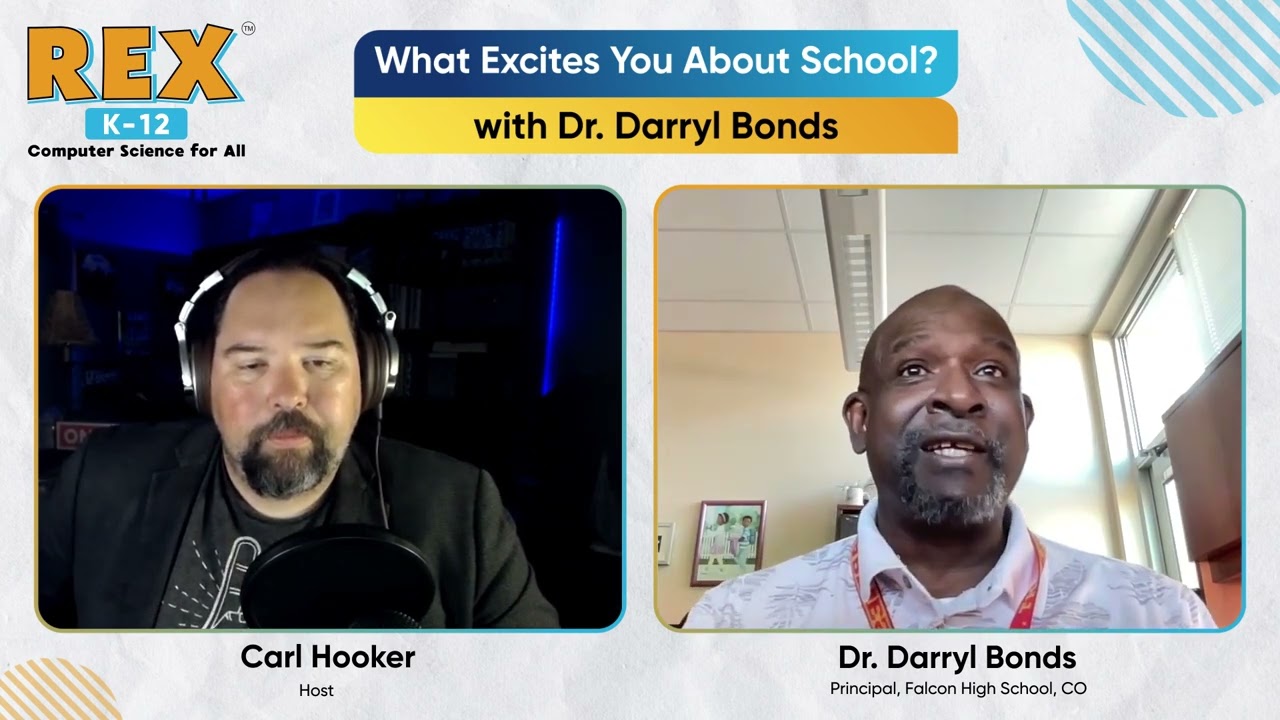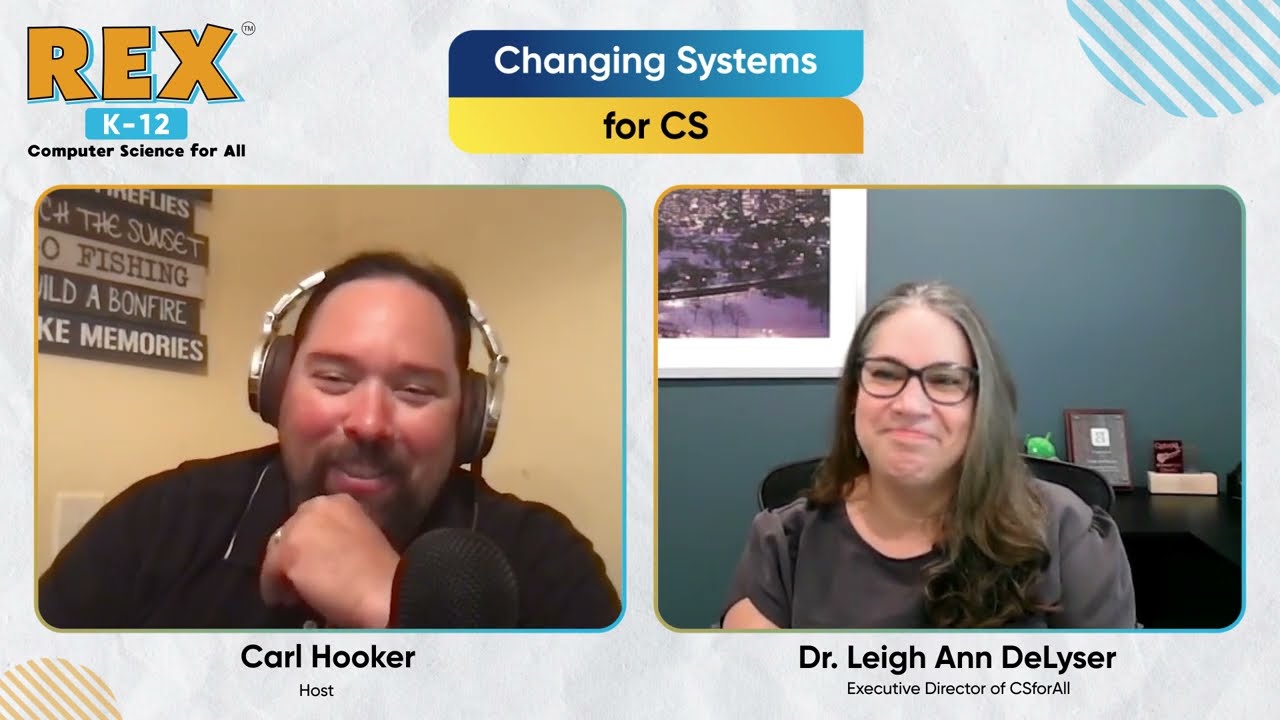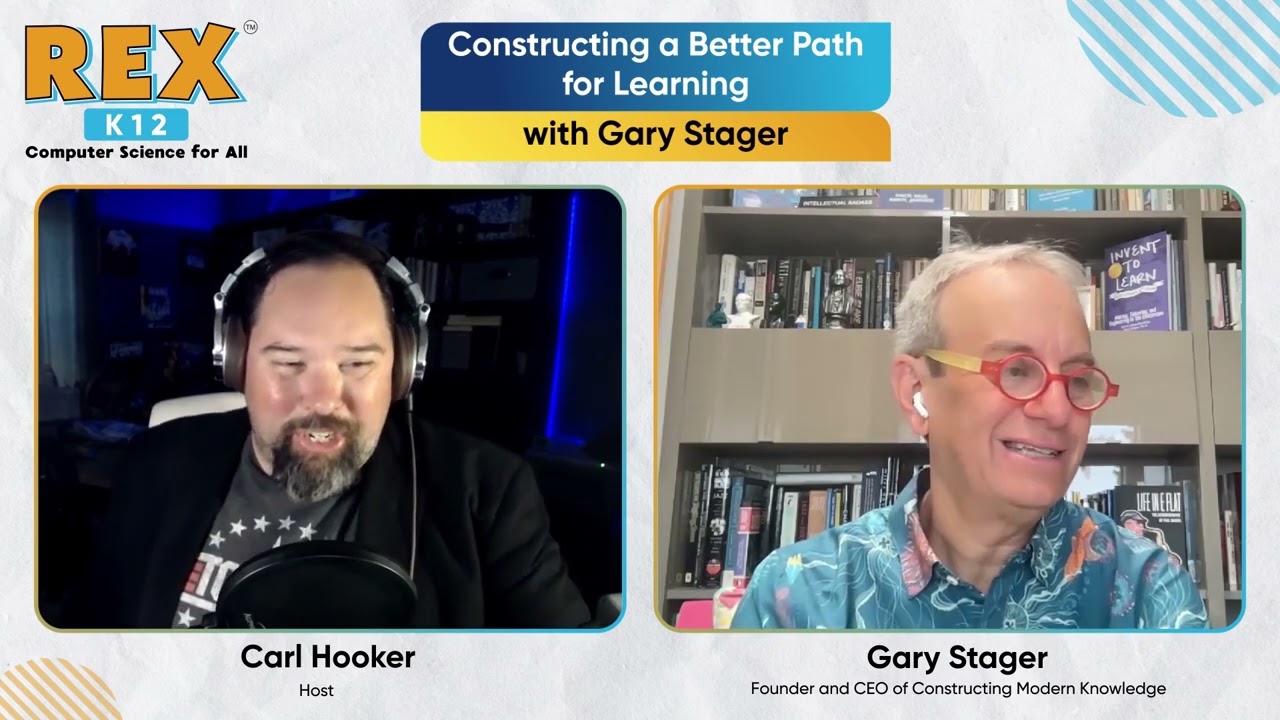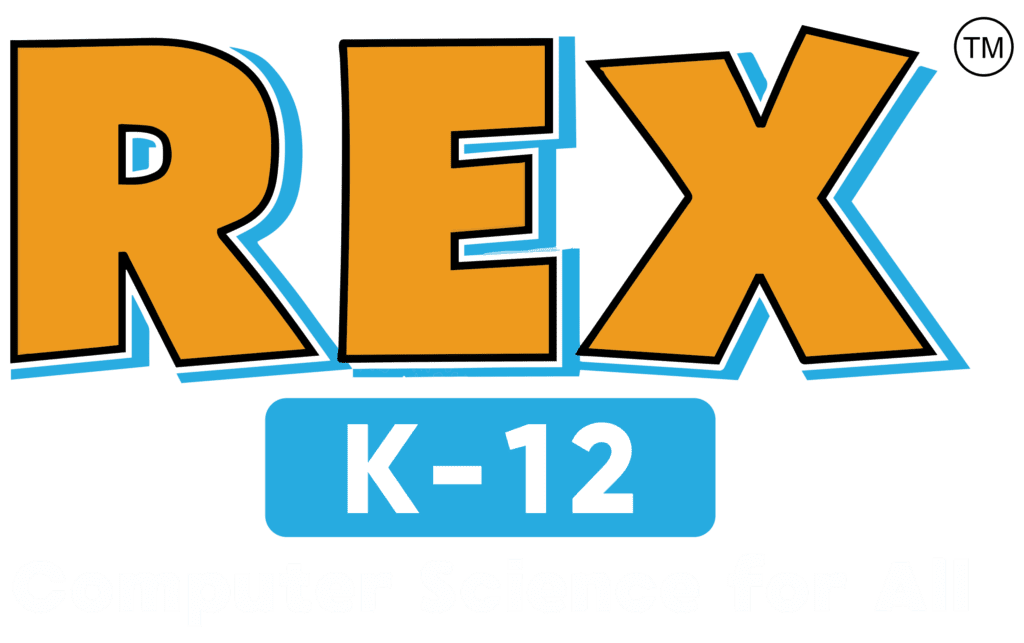Oftentimes, computer science is reserved for that one hour of code or an elective course. In this week’s episode of Let’s Talk CS, we invite Laurie Guyon, Coordinator for Model Schools at WSWHE BOCES in New York and discuss strategies to make computer science more embedded across all subject areas.
Unleashing the Power of Computer Science in Education: A Journey with Laurie Guyon
Introduction:
Hey there, fellow educators and technology enthusiasts! Welcome to this exciting blog post where we dive deep into the extraordinary journey of Laurie Guyon, the Coordinator of Model Schools at the Washington Saratoga Warren Hamilton Essex BOCES in Upstate New York. Laurie’s passion for integrating computer science into education has been nothing short of inspirational. So, grab a cup of coffee and join us as we explore the transformative potential of computer science in education and gain valuable insights from Laurie’s experiences.
Unearthing the Magic of Computer Science:
Picture this: It’s 2013, and Laurie, a sixth-grade teacher, gets her hands on some brand-new iPads. Curiosity piqued, she hears about this thing called the Hour of Code and decides to give it a shot. With Christmas break looming, she figures, “Why not?” Little did she know that this simple decision would ignite her passion for computer science. Laurie and her students embarked on a week-long coding adventure, exploring the world of algorithms, loops, and debugging. The sparks of excitement and connection between coding and language arts were impossible to ignore.
Unlocking Cross-Curricular Connections:
Now, here’s where the magic happened. Laurie realized that computer science wasn’t just a subject confined to its own little corner of the curriculum. No, it had the power to transcend boundaries and create cross-curricular connections that brought learning to life. She started integrating robotics into topics like biomes, colonial history, and even the Revolutionary War. Imagine building lego structures representing colonial houses and having robots deliver historical facts—talk about hands-on learning! By weaving computer science concepts into different subjects, Laurie made education a vibrant, interconnected experience for her students.
Navigating Challenges in Computer Science Education:
Let’s face it—introducing computer science into classrooms isn’t always a walk in the park. One major challenge is the lack of teacher preparation in this rapidly evolving field. Most educators didn’t have computer science training during their own schooling, which can make diving into coding and computational thinking a bit intimidating. Laurie recognizes the importance of comprehensive professional development programs that equip teachers with the knowledge and confidence to embrace computer science. By fostering a supportive environment and providing ongoing training, we can empower educators to navigate these challenges successfully.
The Impact of New York’s Education Law 2-D:
Ah, regulations—always a hot topic in education! New York’s Education Law 2-D, focused on student privacy and data protection, has undoubtedly influenced the integration of technology in the classroom. Laurie sheds light on the complexities of this law, emphasizing the importance of compliance to ensure responsible data handling. Establishing contracts with technology vendors has become a necessary step, albeit a challenging one. Nevertheless, Laurie reminds us that striking a balance between data privacy and innovative technology integration is vital for creating safe and effective learning environments.
The Role of AI in Education:
Now, let’s talk about the elephant in the room—artificial intelligence (AI) in education. You may have heard about OpenAI’s ChatGPT, but there’s been some debate and concern around its usage. Laurie shares that some schools in her district have chosen to block AI platforms due to compliance concerns. However, she urges us to consider the incredible potential of AI as a teaching tool. Imagine AI generating engaging content, personalizing instruction, and providing real-time feedback. By embracing AI responsibly, we can create dynamic and interactive learning environments that captivate our students’ imaginations.
Conclusion:
Laurie Guyon’s journey in computer science education is a testament to the incredible impact of integrating technology across academic disciplines. Her passion and innovative teaching methods have revolutionized her classroom, inspiring students and colleagues alike. So, fellow educators, let’s learn from Laurie’s experiences and embrace the boundless possibilities of computer science. By weaving it into various subjects, providing comprehensive teacher training, and exploring the potential of AI, we can equip our students with the skills they need to thrive in the digital age. Together, let’s unleash the power of computer science in education and empower our students to shape a bright future.
